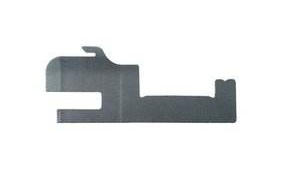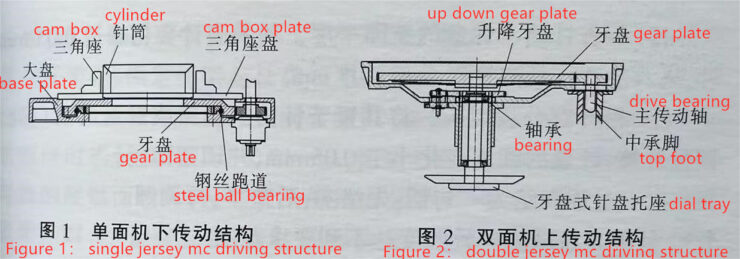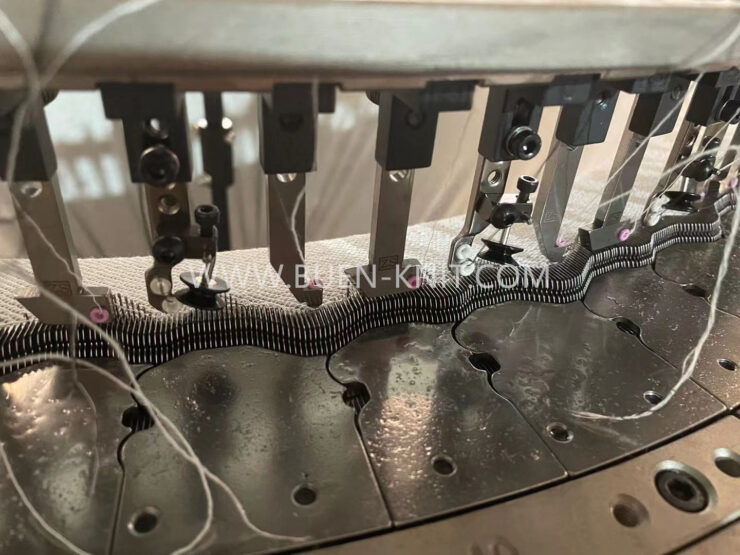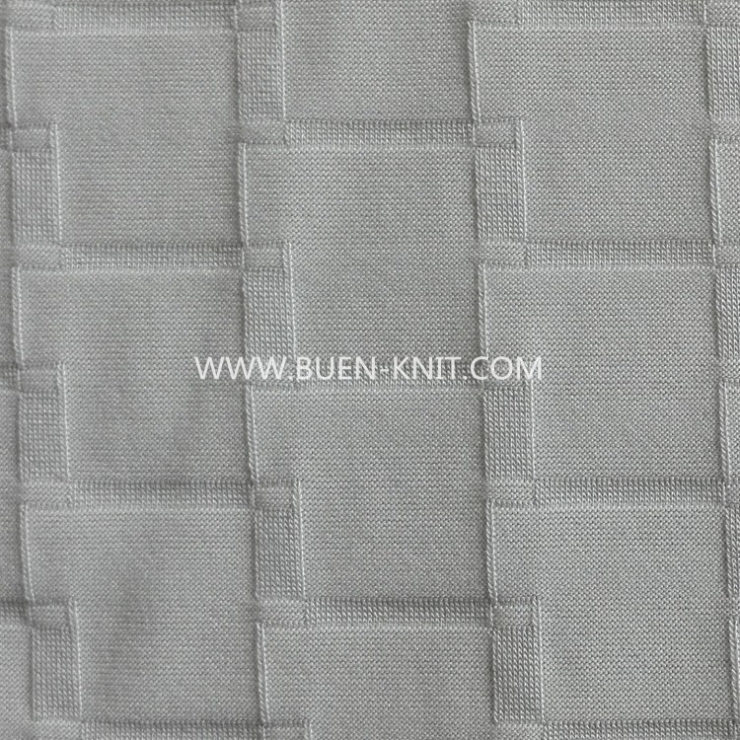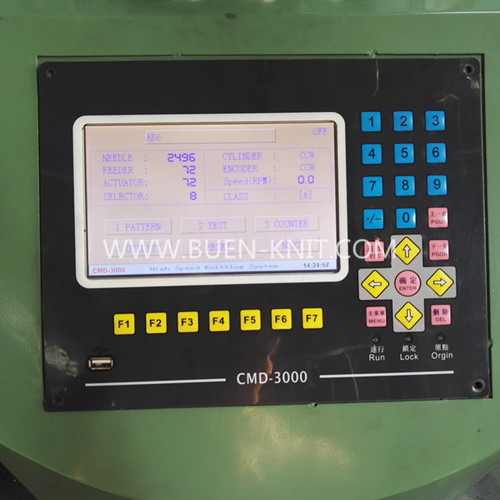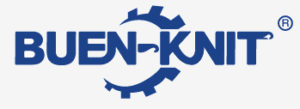The sinkers for knitting machine is the second primary knitting element(the needle being the first). It is a thin metal plate with an individual or a collective action operating approximately at right angles from the hook side of the needle bed, between adjacent needles. It may perform one or more of the following functions, dependent upon the machines’ knitting action and consequent sinker shape and movement:
Loop formation
Holding-down
Knocking-over
(It is always advisable to use one or more of the above terms as adjectives when refering to a sinker, in order to avoid confusion.)
On bearded needle weft knittng machines of the stright bar frame and sinker wheel type, the main purpose of a sinker is to sink or knik the newly laid yarn into a loop as its forward edge or catch advances between the two adjacent needles. On the bearded needle loopwheel frame, the blades of burr wheels performs this function, whereas on latch needle weft knitting machines and warp knitting machines, loop formation is not a function of the sinkers.
The second and more common function of sinkers on mordern machines is to hold down the old loops at a lower level on the needle stems than the new loops that are being formed, and to prevent the old loops from being lifted as the needles rises to clear them from their hooks.
Holding-down sinkers enable tighter structures with improved appearance to be obtained, the minimum draw-off tension is reduced, higher knitting speeds are possible and knitting can be commenced on empty needles. Holding-down sinkers are often unnecessary when knitting with two needles bed machines as the second bed restrains the fabric loop whilst the otherset of needles moves.
The third function of the sinker-as a knock-over surface- is illustrated where its upper surface or belly supports the old loop as the new loop is drawn through it. On tricot warp knitting machine the sinker belly is specially shaped to assist with landing as well as knock-over.

